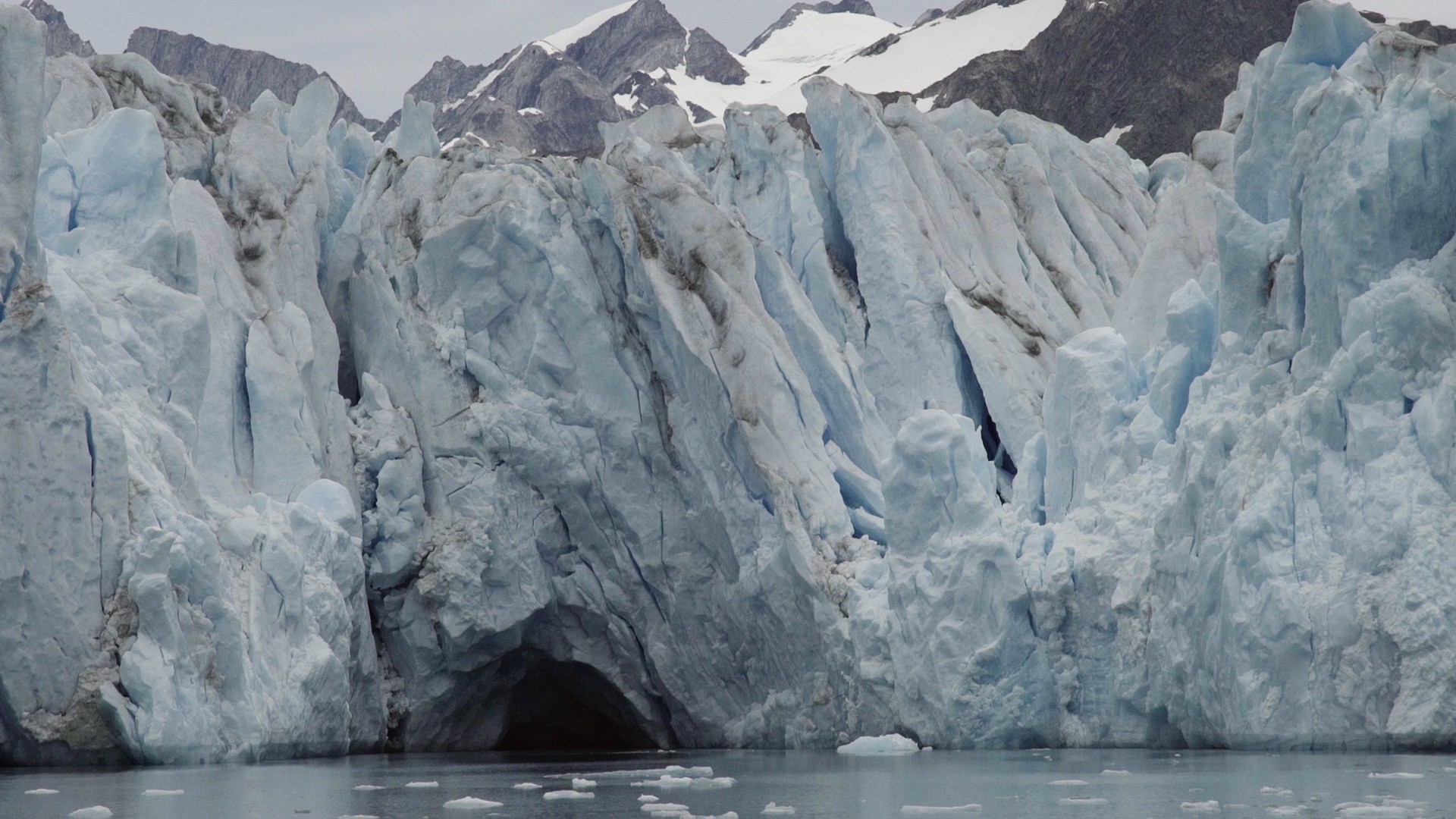Waterton Glacier International Peace Park. Image: mm_berndt
Nearly half the glaciers located within World Heritage Sites could disappear by 2100, according to a study published Monday.Some of the biggest ice-volume losses are expected in Waterton Glacier International Peace Park in Canada, Te Wahipounamu in New Zealand, and Los Glaciares National Park in Argentina.Led by Jean-Baptiste Bosson, scientific advisor for the IUCN's World Heritage program, the study published in Earth’s Future provides the first complete inventory of glaciers in World Heritage sites. The team identified 19,039 glaciers across 46 sites, which is about 9 percent of all glaciers worldwide, and modeled their futures under three different climate scenarios.The high-emissions “business as usual” scenario, in which no efforts are made to combat climate change, results in 21 of the 46 sites facing total glacier extinction. Even in the best case scenario, in which greenhouse gas emissions are drastically cut, eight World Heritage glaciers will still be completely lost.“Glaciers are more than disappearing passive climatic indicators,” Bosson and his colleagues said in the paper. “They are key components of planetary ecosystems that influence global climate and sea level, as well as water fluxes, human activities, or biodiversity at the regional scale.” This is especially true for World Heritage glaciers, which often have special cultural and ecological value. Indeed, some sites first gained World Heritage status specifically because of their glaciers, such as the Jungfrau‐Aletsch protected area in the Swiss Alps and the Ilulissat Icefjord in Greenland.Though World Heritage glaciers only represent a tenth of global glacier cover, Bosson and his colleagues suggest that their special status could be a powerful motivational tool for reducing greenhouse gas emissions. The team compared World Heritage glaciers to “flagship species,” charismatic animals such as pandas or whales that stimulate public interest in conservation efforts.These protected landscapes “have a large potential to raise global awareness, especially in view of the clear international commitment to protect World Heritage sites from damage or loss,” the team said.Get six of our favorite Motherboard stories every day by signing up for our newsletter.
This is especially true for World Heritage glaciers, which often have special cultural and ecological value. Indeed, some sites first gained World Heritage status specifically because of their glaciers, such as the Jungfrau‐Aletsch protected area in the Swiss Alps and the Ilulissat Icefjord in Greenland.Though World Heritage glaciers only represent a tenth of global glacier cover, Bosson and his colleagues suggest that their special status could be a powerful motivational tool for reducing greenhouse gas emissions. The team compared World Heritage glaciers to “flagship species,” charismatic animals such as pandas or whales that stimulate public interest in conservation efforts.These protected landscapes “have a large potential to raise global awareness, especially in view of the clear international commitment to protect World Heritage sites from damage or loss,” the team said.Get six of our favorite Motherboard stories every day by signing up for our newsletter.
Advertisement

